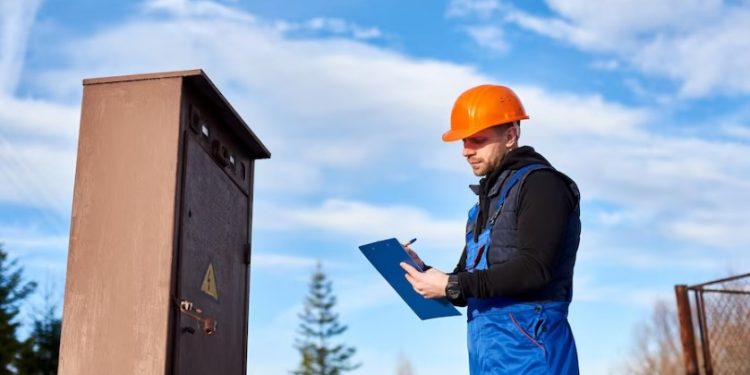Chimneys are a cozy and comforting addition to any home, but they can also be a potential hazard if not maintained properly. This is where chimney inspections come in to play. Whether you’re curling up by the fire on a chilly winter evening or roasting marshmallows on a warm summer night, you want to be sure that your chimney is in good working order. But what exactly gets inspected during a chimney inspection?
Chimney Inspections
When it comes to chimney inspections, there are different levels of inspections that can be performed, each with their level of scrutiny and detail. The most common levels are Level 1, Level 2, and Level 3 inspections.
Level 1 Inspection: The Basics
A Level 1 inspection is like a routine check-up for your chimney. During this type of inspection, the technician will take a look at the readily accessible parts of the chimney to make sure everything is in good condition. The following items will be inspected during a Level 1 inspection:
- The Chimney’s Exterior: The technician will inspect the exterior of the chimney to ensure that there are no cracks, chips, or other signs of damage.
- The Chimney’s Interior: The technician will take a look inside the chimney to make sure that there are no obstructions, such as bird nests or debris, that could cause a fire hazard.
- The Flue: The technician will inspect the flue for any damage or signs of wear and tear, such as cracks or deterioration. They’ll also check for any buildup of creosote, which is a flammable substance that can accumulate inside the chimney over time.
- The Damper: The technician will check the damper to make sure that it’s functioning properly and that it’s opening and closing as it should.
Level 2 Inspection: A Deeper Dive
If you’re buying or selling a home, or if you’ve had a chimney fire or other major event, you may need a Level 2 inspection. This type of inspection is more in-depth than a Level 1 inspection, and it involves a more thorough examination of the chimney system. Here’s what to expect during a Level 2 inspection:
- Everything from a Level 1 Inspection: A Level 2 inspection includes all of the elements of a Level 1 inspection, so the technician will still take a look at the exterior and interior of the chimney, the flue, and the damper.
- Video Inspection: The technician will use a special camera to inspect the interior of the chimney more thoroughly. This allows them to see areas of the chimney that may not be visible during a Level 1 inspection.
- Structural Integrity: The technician will check the structural integrity of the chimney system, including the chimney stack, to ensure that it’s sound and that there are no signs of collapse or other damage.
Level 3 Inspection: The Big Guns
If there’s a suspected serious issue that can’t be diagnosed with a Level 1 or Level 2 inspection, a Level 3 inspection may be necessary. This type of inspection is the most invasive and involves opening up walls or other parts of the building to gain access to the chimney system. Here are the key elements of a Level 3 inspection:
- Structural Integrity: The technician will check the structural integrity of the chimney, including the foundation and chimney stack, to ensure that it’s sound and that there are no signs of collapse or other damage that could compromise the chimney’s integrity.
- Masonry Work: If the chimney is made of masonry, the technician will inspect the brickwork or stonework for signs of damage, such as cracks, chips, or missing mortar.
- Flue Liner: The technician will inspect the flue liner for any damage, such as cracks, holes, or deterioration. They’ll also check for any obstructions, such as bird nests or debris, that could restrict airflow.
In conclusion, chimney inspections are an essential aspect of maintaining a safe and functional chimney system. It’s important to have your chimney inspected regularly to ensure that it’s in good working order and to identify any potential hazards before they become major issues. A Level 1 inspection is a good starting point for most homeowners, while a Level 2 inspection is recommended for more thorough examination. In some cases, a Level 3 inspection may be necessary to diagnose and repair serious issues. By staying on top of chimney inspections and repairs, you can enjoy the warmth and comfort of your fireplace with peace of mind. So don’t neglect your chimney, and make sure to schedule a professional inspection today!














